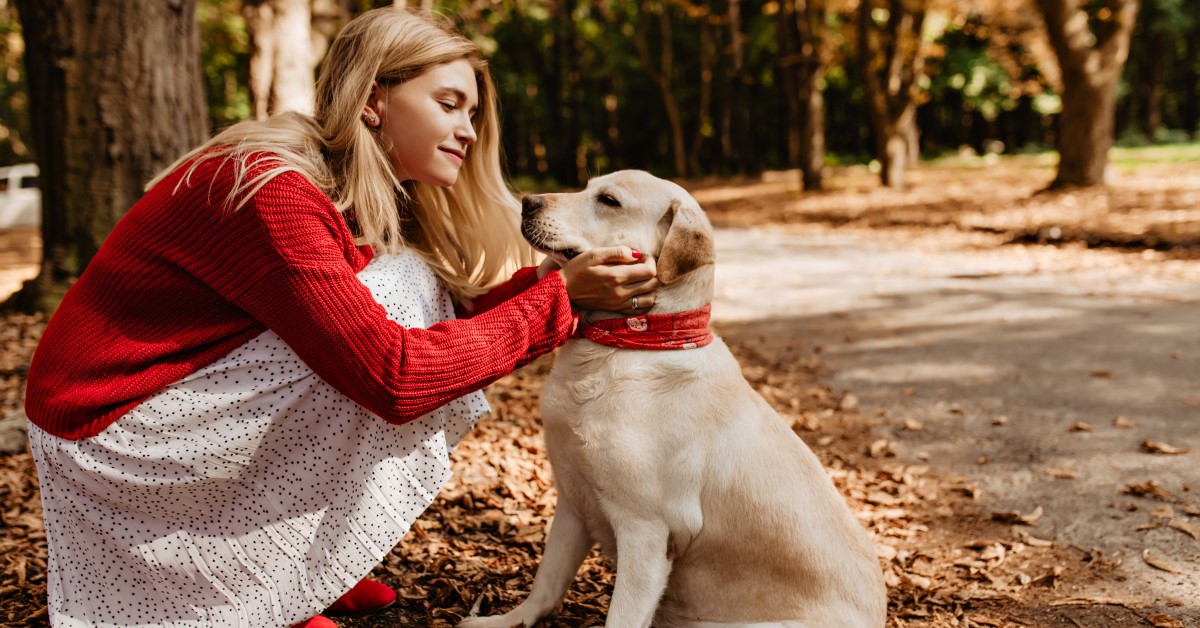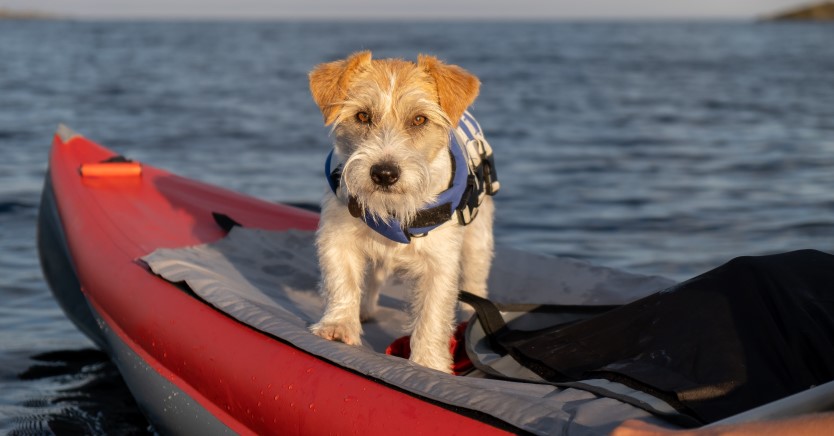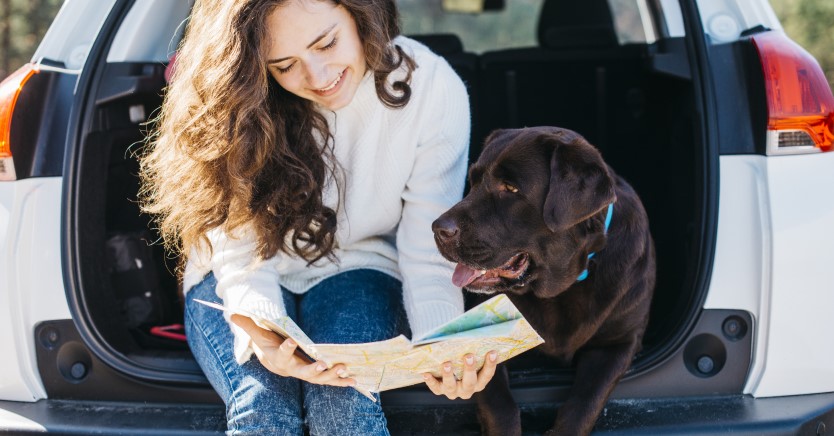How to Redirect Your Dog and Enjoy Life Together Again
Walking a dog who pulls, lunges, and growls at other dogs or people is no fun. In this article, you'll learn the redirect technique so you can once again enjoy being with a calm and relaxed dog.

It's a beautiful spring day, and you've let your dog out in the backyard to soak up some rays. After cleaning up a bit, you look out the window to see he's manically digging up your freshly planted flower garden. You want to open the door and scream at him. Should you?
Your new neighbor comes over to visit, and after a lovely chat at the door, you invite her in until you see your dog's hackles rise and hear him utter a thick, low growl. You are embarrassed and want to yell at him. Do you?
The proverbial walk in the park is always your favorite way to spend time with your dog, and until one day, always a pleasure. But on this day, another dog and owner approach, and you can see your dog is hurtling for a full-blown aggressive episode. He has never done this before during your many walks together. Your gut reaction is to speak harshly to him and yank hard on his leash. Should you?
All three of these scenarios are examples of dog reactivity. Reactivity comes in many different sizes and shapes, but one thing is always in common, a reactive dog is not a fun dog to be around.
All the things you may want to do instinctively – yell, scream, punish – will only worsen the situation. The key to solving the problem both in the long and short term is redirecting your dog.
Why Do Dog's React?
Just like us humans, some situations make a dog anxious, stressed, and maybe even scared. Some dogs retreat in these circumstances, while others tend to lose their minds and become aggressive. This most often happens when a dog encounters another dog on a leash, but some dogs can also be people-reactive. Then there are also dogs whose prey drive makes them react to squirrels, chipmunks, birds, and other wildlife.
When you are walking with your dog, and you see his stress level escalating, your stress level may be rising right along with his. A stressed human, along with a stressed dog, is not a good combination.
What is Redirecting?
The goal is to diffuse the situation where your dog is becoming aggressive due to feeling scared or stressed, and the most positive way to do this is to redirect him. The essence of the redirect is to trade his negative behavior for something of high value – like a coveted kind of human food. It also requires a positive attitude on your part, as in no yelling, no screaming, and no harshness. Your attitude needs to be calm and collected if you want your dog to be successful.
How Do You Redirect Your Dog?
It goes like this. Your dog is getting primed for a reaction as a known trigger approaches. Before things escalate, call his name in a cheerful voice. At the same time as you do this, turn his attention towards you and give him the high-value food. The food you use, let's say steak, should only be given to him during a redirect.
A safe way to begin this training is to stage a situation where you are prepared and can stay in control. Ask a friend who has a dog to come over, or better yet, meets in a neutral spot. As soon as your dog sees your friend's dog, start feeding him pieces of steak. Arrange it so that once you feed your dog the treat, your friend leaves with her dog. As soon as they leave, stop feeding your dog the treats. Now for the all-important association: your dog will "get" that the only time he gets this beautiful treat is when a "scary" dog approaches. Gradually, he will come to welcome the scary dog and all dogs like him.
Dog Reactivity Stages
A dog's reactivity level can be divided into 4 stages. These are:
- Calm, Cool, and Collected: At this stage, your dog is just the way you want him to be. He is clear-headed, follows your directions, and is relaxed.
- The Tension is Rising: You will begin to see behavior and body changes such as heightened alertness, intense focus on the trigger, and less attention on you.
- The Tension Arose: His body is now clearly tense, he is pulling at the leash, his hackles rise, and he may growl or bark.
- Blind Aggressive Mode: This is not where you want him to be. He barks, lunges, growls, is hardly aware of you, and would bite his adversary if he could.
In addition, if his reactivity seems to escalate more, watch for the following:
- Tail rigid and standing upright
- Body stiff and still
- Piercing stare
- Does not respond to you at all
- Pulls on the leash
Besides the redirect, when your dog is amid rising reactivity, you need to avoid the situation pronto. If, for example, another dog approaches, and your dog starts showing any of the escalation signs, turn around and go the opposite direction as quickly as possible. The more reactive situations your dog encounters, the worse his ability to de-escalate in the future.
Additional Therapy
An indirect way to deal with your dog's reactivity is to ensure he gets plenty of exercise. Chew toys are an excellent way for him to expel energy. Give him toys such as deer antlers, cattle hooves, kongs, and bully sticks. Avoid toys including rawhide, rope toys, and rubber toys, all of which he can chew and ingest. Play Frisbee and other games with him where he has to run, jump and become tired.
Working with your dog to redirect him takes time and patience on your part, but done consistently and correctly, you and your dog will have much happier and calmer lives together.
Ready to start saving money on pet wellness care?
Then take a look at Mint Wellness, the pet wellness plan that provides fast reimbursement on routine pet care. Save on vaccinations, wellness exams, preventatives, dental, and more!
Learn More


